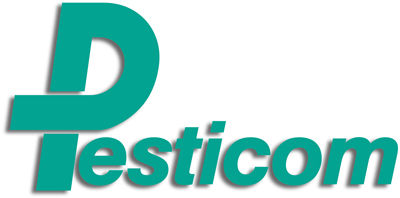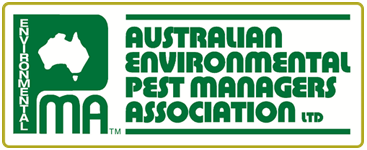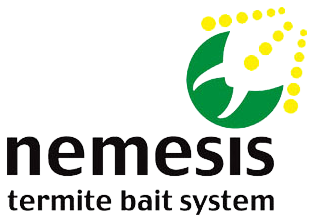
Pest Types
Webbing Spiders
Most arachnids are nocturnal meaning during the day they are seldom seen. They become more active at night time where they leave the protection of their burrows or shelters and go searching for food or construct their webs to catch prey. Spiders are mostly seen during the warmer months.
Treatment Methods
- Treat all external infested and adjacent areas with low hazard water-based liquid pesticide.
- Crack and crevice treatment to all external infested areas with a liquid pesticide.
- Dusting of cracks & crevices and voids
Cockroaches
Cockroaches are one of the most common pests seen around homes, offices, restaurants etc.
They prefer the warmer areas in kitchens, around the hot water service, behind stoves, refrigerators, dishwashers and in electric motors. At night they emerge to search for food and water.
They are considered a pest for many reasons including :
- contamination of food
- humans fear
- disease transmission
To help reduce cockroach infestations, some simple tips can be followed such as :
- keeping kitchen benches and sinks clean and dry
- regular cleaning of pet bowls
- rubbish bins should be cleaned regularly
- opening boxes outside before bringing them in
- make sure doors and windows are well sealed
Cockroaches can be controlled by several different methods including sticky traps, gels, dusts, aerosols and liquids which Pesticom has full access to.
Rodents
There are 3 types of rodents commonly seen in houses.
- House Mouse
- Roof Rat
- Norway Rat
Being generally social animals, rats and mice live in groups, in nests constructed of soft materials like fabric, insulation and paper. Rats and mice are mostly nocturnal creatures but may feed during the day if the population is large, food is short or if there is little danger to them.
Rats and mice are competent climbers and can scale walls, pipework and vines as well as along wires. They can also good swimmers, meaning they can navigate their way around sewers.
Rats and mice are most commonly heard and seen during the Winter period.
Prevention
- Block holes in external walls for pipes
- Make sure roof tiles are not lifted and that all areas are sealed
- Cut branches of trees and bushes away from external walls
Chemical baiting is used in rodent control using 'multi-dose' anti-coagulants so the target pest will consume enough of the concentration to cause death but is safer in regards to non-target animals being effected by second degree poisoning.
Ants
Ants are social insects that live in nests mostly located in soil, wood, among rocks, in wall cavities, kitchens and in roof-voids. Ants tend to be predators or scavengers. Their diets consist of either starches, sugars or protein, while others are omnivorous, meaning they eat whatever they can find at the time.
Not only are ants considered a nuisance pest, they also present a health risk. Ants have been know to carry diseases such as dysentery and varieties of bacteria including Salmonella.
Successful ant treatments are carried out using a variety of different control methods, through the use of insecticide surface sprays, liquid baits, granules and dusts depending on the ant species.
Fleas
Fleas are small parasitic insects mainly feeding on mammals like dogs and cats. They lay their eggs on a host which will often fall off as the host moves, therefore distributing the eggs everywhere the host visits including sleeping areas.
Adult fleas may live from 100-500 days and can survive for long periods without food. Fleas prefer the warmer months of Spring and Summer and highly humid conditions.
Prevention and Treatments
- owners should mow lawns the day of or the day before treatment, bag up clippings and place in rubbish bin
- all floors should be swept and washed, and carpets vacuumed thoroughly paying particular attention to carpet edges and under furniture.
- Once vacuumed, the contents should be bagged and placed in rubbish bin.
- pets should be treated at the same time with a suitable flea control from the vets
- all areas are treated with a suitable non-toxic insecticide and larvacide to prevent re infestation


